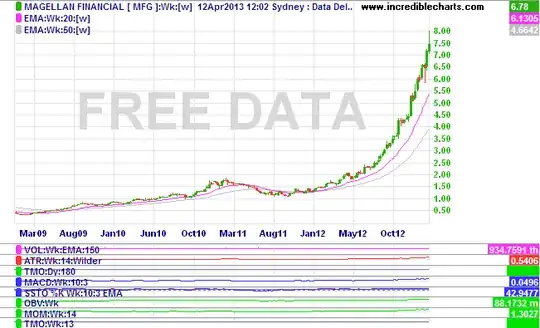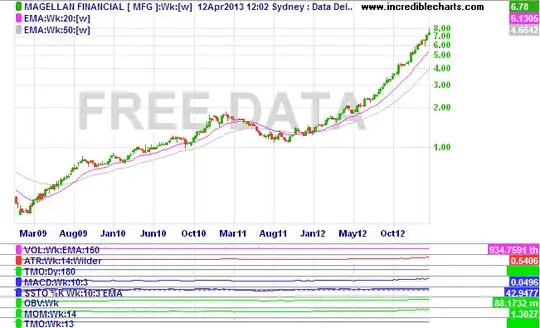The actual price is represented on charts and not the change in price as a percentage, because it is the actual price which is used in all other parts of analysis (both technical and fundamental), and it is the actual figure the security is bought and sold at. A change in price has to be relative to a previous price at a previous time, and we can easily work out the change in price over any given time period.
I think what you are concerned about is how to compare a certain actual price change in low priced securities to the same actual price change in a higher priced securities.
For example:
On a standard chart both of these look the same, as they both show a $1.00 increase in price. So what can we do to show the true representation of the percentage increase in price?
It is actually quite simple. You view the chart using a log scale instead of a standard scale (most charting packages should have this option). What may look like a bubble on a standard scale chart, looks like a healthy uptrend on a log scale chart and represents a true picture of the percentage change in price.
Example of Standard Price Scale VS LOG Price Scale on a Chart
Standard Price Scale

On the standard scale the price seems to have very little movement from Mar09 to Jan12 and then the price seems to zoom up after Jan12 to Mar13. This is because a 4% increase (for example) of $0.50 is only $0.02, whilst a 4% increase of $7.00 $0.28, so the increases seem much bigger at the end of the chart.
LOG Price Scale

On the LOG chart however, these price changes seem to be more evenly displayed no matter at what price level the price change has occurred at. This thus give a better representation of how fast or slow the price is rising or falling, or the size of the change in price.

